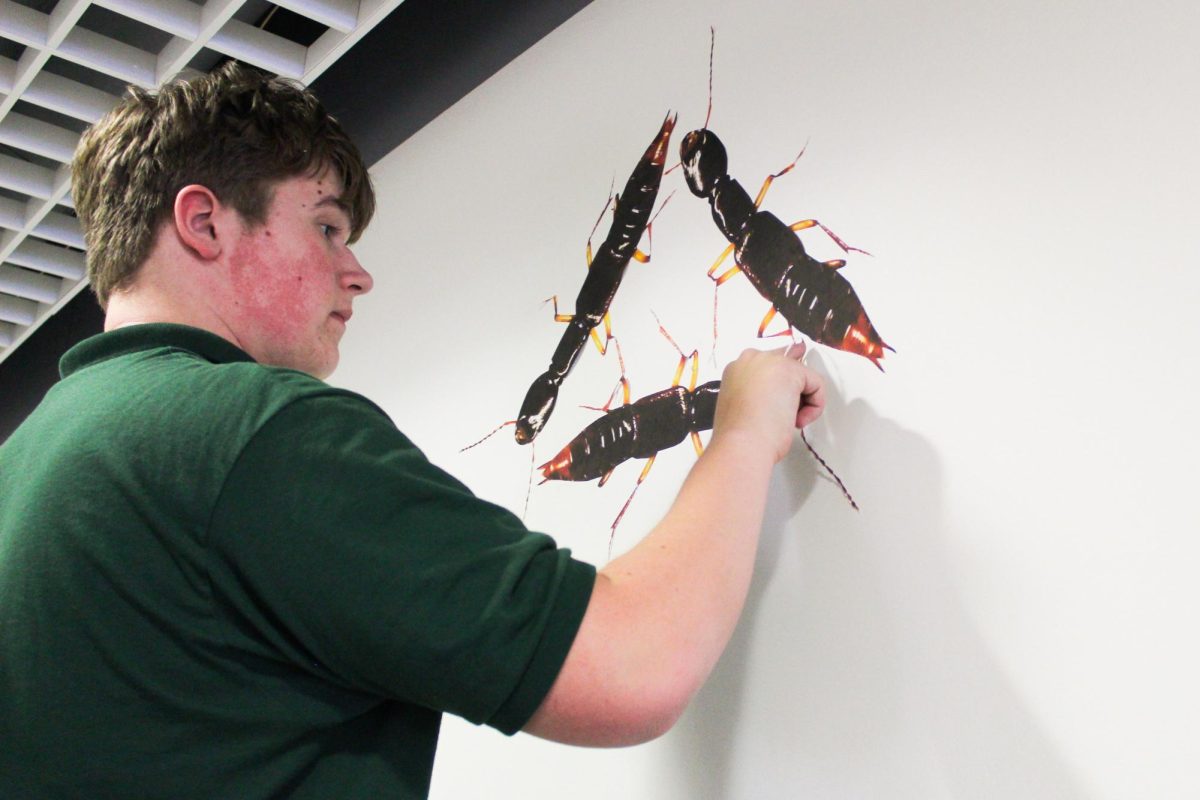One of the most pressing reasons for increased funding is meeting state minimum wage requirements. Inadequate pay can deter qualified individuals from applying for or staying in campus safety roles, including at Augustana. Competitive compensation is crucial for attracting and retaining skilled personnel in public safety positions.
Low wages often force campus safety officers to work multiple jobs, reducing their focus and commitment to campus responsibilities. Moreover, higher pay could attract individuals with better training and relevant experience, ensuring a more competent and effective team. In this way, increased funding addresses legal compliance with wage laws and the practical need for improved staffing quality.
The effectiveness of public safety is directly tied to funding levels. Underfunded departments often lack the personnel and equipment to respond swiftly and effectively to emergencies. A 2021 International Association of Campus Law Enforcement Administrators survey found that 68% of campus safety departments faced challenges maintaining appropriate staffing levels. These shortages can lead to slower response times and reduced visibility of safety officers, undermining students’ sense of security.
Moreover, campuses with adequate public safety resources can invest in proactive measures such as surveillance systems, emergency preparedness training and community policing programs. These initiatives deter crime and foster trust between students and public safety personnel. For example, universities that implemented neighborhood patrol programs reported a 15% reduction in property crime over two years.
Student perspectives further underscore the need for increased public safety funding. Many students express concerns about their safety, particularly in light of recent incidents on campuses nationwide. A 2022 survey by the National College Health Assessment said 42% of students reported feeling unsafe walking alone on campus at night. These perceptions can negatively impact students’ academic performance and overall college experience.
Investing in public safety can mitigate these concerns. For instance, allocating funds for better lighting, safe transportation options and well-trained personnel can significantly improve students’ sense of security. Increased funding also allows for greater outreach and communication, ensuring students know the resources available in emergencies.
While increasing public safety funding is essential, it must be balanced with other campus priorities such as academics, housing and mental health services. Administrators face the challenge of allocating limited resources effectively. However, safety is a foundational requirement for educational success. A safe campus fosters an environment where students can focus on learning without fear or distraction.
To achieve this balance, institutions can explore creative funding solutions such as partnerships with local law enforcement, grants from federal and state agencies and alumni donations earmarked for safety initiatives. Transparent communication about allocating funds can also help build trust among students, staff and other stakeholders.
Public safety is a cornerstone of a functional and thriving campus community. Institutions can create a secure environment that benefits everyone by increasing funding to meet state wage requirements, attract skilled applicants and implement effective safety measures. While financial constraints require careful consideration, the costs of inaction—compromised safety, student dissatisfaction and reputational damage—are far greater. As campuses plan for the future, prioritizing public safety funding is an investment in the well-being and success of their communities.











































































































